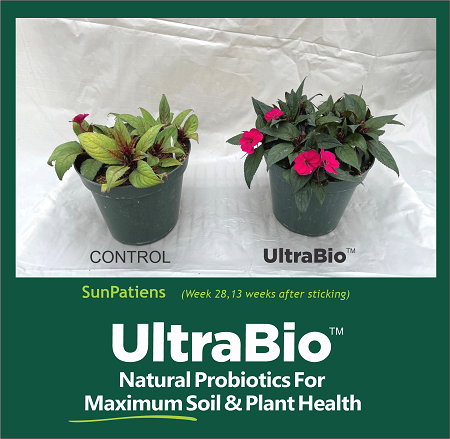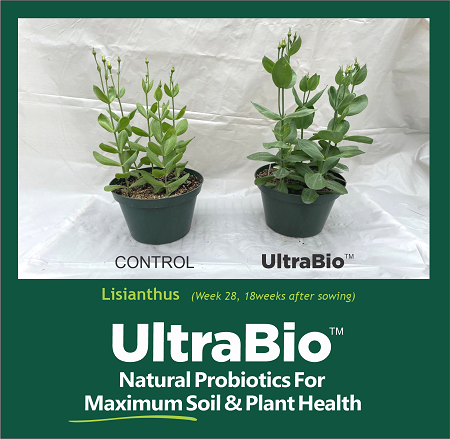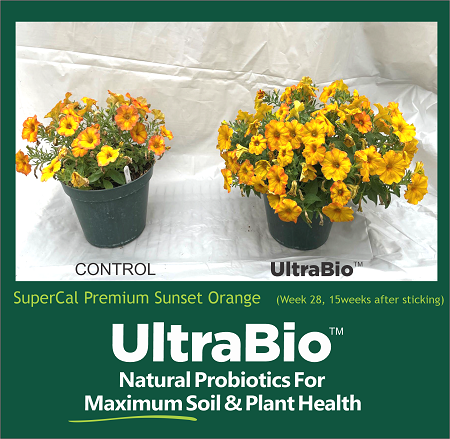


Today, professional and hobby growers are more conscious of their growing environments than ever. This environmental awareness is true regardless of the type of growing environment. Whether you’re growing inside or outside, in a greenhouse or a field, or just watching one houseplant or managing hundreds of acres—a serious grower understands that a successful crop is dependent on much more than the seed you select. Healthy and hearty plants start in the soil, and not all soil is created equal. Outdoor agriculture deals with nutrient depletion, while indoor greenhouses focus on making sure that the nutrients and microorganisms present outdoors are available inside the greenhouse.
Commercial agriculture stumbled upon the basic tenets of soil management many thousands of years ago. Early farmers soon realized that when legumes were grown after cereals, the following cereal crop would have a higher yield than simply growing cereals season after season. Though farmers were unaware of this at the time, cereals deplete nitrogen from the soil while legumes replenish it. This came to be referred to as crop rotation, and this simple two crop rotation is still used today. For example, farmers in the American Midwest will plant corn (a cereal) then plant soybeans (a legume) in the same field the following year.
Modern innovations in agricultural science have expanded our knowledge of what makes soil healthy. While physical characteristics like tilth and drainage are important, this article will focus on the invisible factors found in healthy soil: the microorganisms and nutrients that live in the soil and contribute to plant growth. These microorganisms are a collection of fungi, bacteria, and even microscopic animals such as nematodes. These beneficial organisms establish symbiotic relationships with plants, and this symbiotic relationship can result in thicker root structures, disease resistance, and more vibrant blooms.
HardyGro’s UltraBio delivers the microbes necessary for top-tier soil health in a soluble powder. Here’s a list of what you’re getting when you apply UltraBio to your garden.
Ectomycorrhizae and Endomycorrhizae
Ectomycorrhizae have symbiotic relationships with wooden trees, while endomycorrhizae penetrate the plant roots of most common greenhouse plants. By penetrating the plant root, endomycorrhizae act as “pipelines” for water and nutrients in the soil to enter the plant. In exchange, the endomycorrhizae receive nutrients from carbohydrates formed by the plant during photosynthesis. Even though ectomycorrhizae and endomycorrhizae form relationships with different types of plants, there is no harm for including endomycorrhizae with a wooden tree and vice versa.
Beneficial Rhizobacteria
The rhizobacteria included in UltraBio are nitrogen-fixing and phosphate-solubilising varieties. Together, these two types of rhizobacteria are collectively referred to as plant growth promoting rhizobacteria (PGPR). Nitrogen-fixers can increase plant growth by facilitating increases in nitrogen absorption. Phosphate-solubilizers break down phosphates in the rhizosphere to molecules that can be absorbed by plant roots.
Soluble, Organic Nitrogen
Continuous growth of cereals will drain the nitrogen from your soil. Use UltraBio to add nitrogen back into the soil while providing a host of other benefits for your plants. When absorbed by a plant, this nitrogen delivers essential amino acids and peptides.
Humic Acid
This form of humus excels at capturing ionized nutrients and preventing them from leeching away in the soil. This gives the plant’s root system more time to absorb beneficial nutrients.
Fulvic Acid
Another type of humus that performs a similar role to humic acid.
HardyGro was founded with the belief that you shouldn’t have to choose between using fertilizers in your garden and enjoying time outside on your lawn. Their plant products are designed to support and sustain the dynamic ecosystem present around all of us. Visit HardyGro.com to learn more and view their full product line.
Related Articles & Free Email Newsletter Sign Up
How to Use Amendments for Soil Management Practices
Mycorrhiza: Symbiosis in the Soil


Comment here